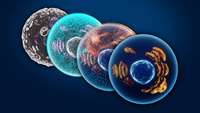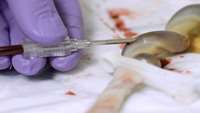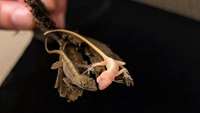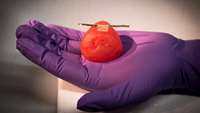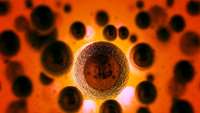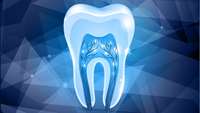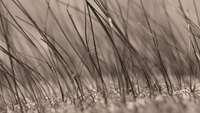How old are your organs? To scientists surprise, organs are a mix of young and old cells
Scientists once thought that neurons, or possibly heart cells, were the oldest cells in the body. Now, Salk Institute researchers have discovered that the mouse brain, liver and pancreas contain populations of cells and proteins with extremely long lifespans some as old as neurons. The findings, demonstrating "age mosaicism," were published in Cell Metabolism on June 6, 2019.
Stem Cells Might Provide Breakthrough In Treating Severe Blistering Disease, RDEB
the team details how they used a certain type of stem cells to significantly relieve the symptoms of recessive dystrophic epidermolysis bullosa (RDEB) in mice.
Introducing the World’s First Gene-Edited Lizard
Scientists have been altering the genes of mice, pigs, goats, chickens and butterflies for quite some time. But even as Crispr, a transformative gene-editing tool, made seemingly impossible genetic alterations possible, reptiles had remained untouched.
Trial using donated eye tissue offers stem cell surgery hope
People with sight problems could benefit from a surgical trial advance that has been shown to help restore the surface of the eye.
Cause of hardening of the arteries – and potential treatment – identified
In research published today in Cell Reports, the team of researchers from King’s and the University of Cambridge have identified the mechanism behind hardening of the arteries for which there is no treatment.
3D printed tissues and organs without the scaffolding
Engineered tissues and organs have been grown with various degrees of success in labs for many years. Many of them have used a scaffolding approach where cells are seeded onto biodegradable supportive structures that provide the underlying architecture of the organ or tissue desired.
Study reports faster method for producing induced pluripotent stem cells
A recent study published in Nature Chemical Biology has found a method its authors say improves on the Nobel prize-winning cellular reprogramming method developed by Shinya Yamanaka, M.D., Ph.D. — making it possible to produce cells in a considerably shorter time and with greater success.
Stem cells and more: How dentists of the future may fix your teeth
Rats and mice use their incisors—their two pairs of front teeth—to gnaw. The teeth would probably wear out if it werent for a peculiar fact: They never stop growing. That gives USC researchers some insight into regenerating teeth in humans.
Functional hair follicles grown from stem cells
Scientists from Sanford Burnham Prebys have created natural-looking hair that grows through the skin using human induced pluripotent stem cells (iPSCs), a major scientific achievement that could revolutionize the hair growth industry. The findings were presented today at the annual meeting of the International Society for Stem Cell Research (ISSCR) and received a Merit Award. A newly formed company, Stemson Therapeutics, has licensed the technology.
Embryonic microRNA fuels heart cell regeneration, researchers show
By adulthood, the heart is no longer able to replenish injured or diseased cells. As a result, heart disease or an event like a heart attack can be disastrous, leading to massive cell death and permanent declines in function.


